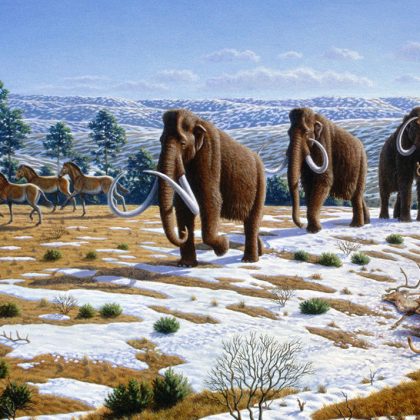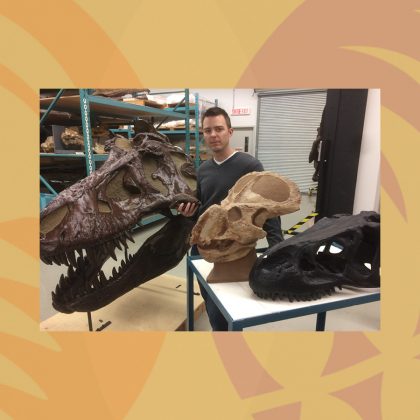Did early eukaryotes really radiate in the Tonian?
https://doi.org/10.1017/pab.2024.33 Since the 1980s Precambrian palaeontologists believed that early eukaryotes (Domain: Eukarya, microorganisms with a membrane bound nucleus) underwent a dramatic diversification in the Tonian Period (1000-720Ma).…










































